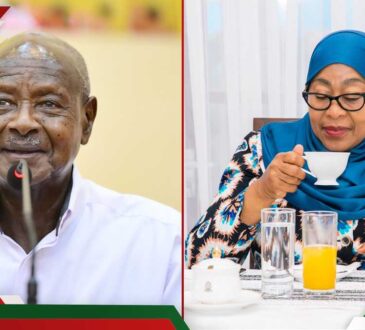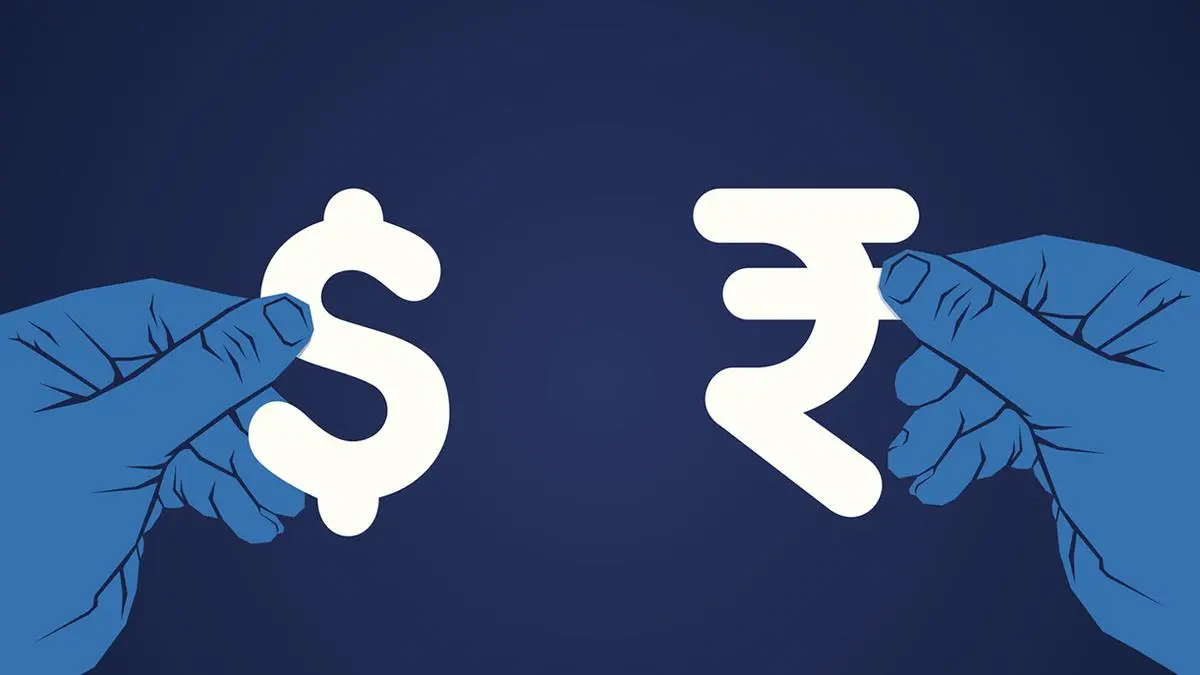Rupee hitting new low may be good for India. Noted economist Dr Rajiv Kumar explains why | 26th Budget Lecture by Malayala Manorama | Business News

“Do we want a strong rupee, or do we want a weak rupee?” Dr Rajiv Kumar, former Vice Chairman of NITI Aayog, asked a packed audience at the Le Méridien Kochi on Wednesday evening. The renowned economist, in his presentation at the 26th Budget Lecture hosted by Malayala Manorama, addressed the elephant in the room—the ever-depreciating Indian currency. He even went on to advocate that a weaker rupee might be good for the country.
As an exercise at the lecture, Dr Kumar asked the audience how many of them wanted a strong rupee. With the majority of the crowd raising their hands, the economist reminded that India is a country that exports our talent and our workers, but rarely our goods and services.
“A strong rupee is good for the middle class, but it is not good for the country,” he stressed, even as the crowd murmured in light disagreement.
“We need a strong rupee to finance our current expenditure, be it education of our children, or tourism, and our energy consumption,” Dr Kumar said, echoing the middle-class sentiment, before explaining his stance further, “but a weak rupee helps our exports and our exporters.”
To a now intrigued and attentive audience, Dr Kumar presented examples of Asian economies such as China, Japan, Taiwan, and South Korea. “They all follow a weak currency policy,” he said, highlighting how it led to their exporters being able to trade more goods and services to different parts of the world.
“When they export more, there are more jobs created. With more jobs, there is more income. Therefore, the whole country’s economic group takes off,” Dr Kumar explained, in his signature style of simplifying global economics to bite-sized quotable nuggets.
Less than a day after Dr Kumar’s question to the audience in Kochi, the rupee fell 15 paise in Thursday midsession trade, hitting a new record low of 87.58 against the US dollar. In contrast, the Indian currency was at 83.06 against the dollar a year ago (on February 6, 2024).
The forex market factored in not only a weakening equity market and sustained outflow of foreign funds but also the rise in demand for the American currency amid fears of an impending trade war in light of the latest sanctions and tariffs imposed (some being removed since) by the US led by Donald Trump.
The Reserve Bank of India’s Monetary Policy Committee is set to post their recommendations on Friday after a three-day session, with the market expecting the apex bank to slash interest rates. However, the RBI has maintained a steady 6.5 per cent police rate since February 2023.
The central bank has also used significant forex reserves to arrest the currency volatility since September 2024, when it hit USD 704.885 billion at month-end. The latest RBI data showed that India’s reserves on January 24, 2025, stood at USD 629.557 billion.
On Wednesday alone, the rupee had plunged 36 paise to an all-time low of 87.43 at market close. As fears of inflation grip the middle class on a weakening INR/USD rate, Dr Kumar leaves us all with some food for thought, especially after seeing China making significant strides in world trade on a weaker currency policy. Do we want a strong rupee or a weak rupee?




